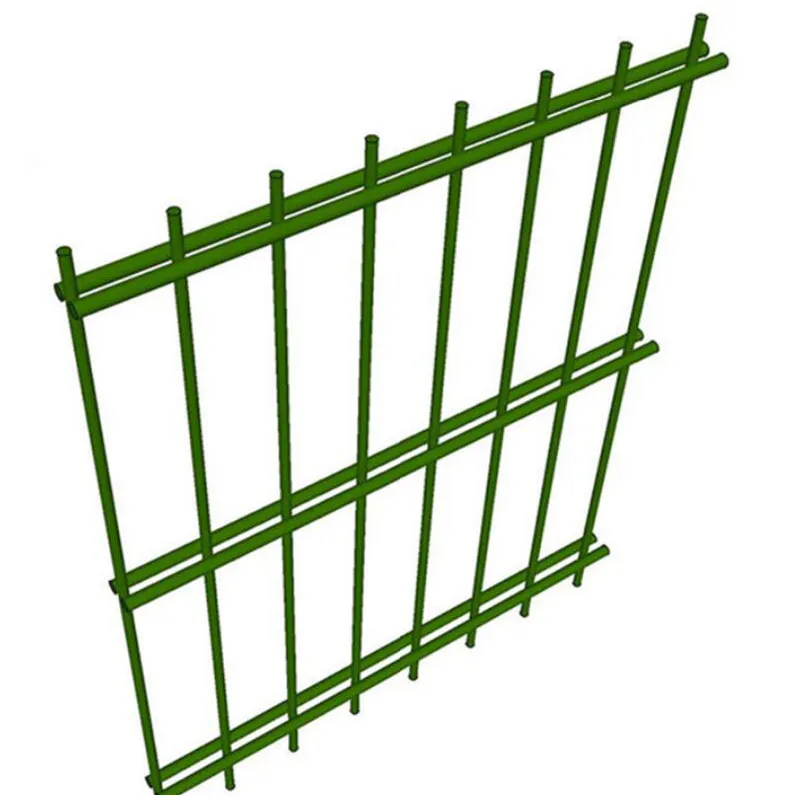
- Afrikaans
- Albanian
- Arabic
- Armenian
- Azerbaijani
- Basque
- Belarusian
- Bengali
- Bosnian
- Bulgarian
- Croatian
- Czech
- Danish
- Dutch
- English
- Esperanto
- Estonian
- Finnish
- French
- Galician
- Georgian
- German
- Greek
- hawaiian
- Hindi
- Hungarian
- Indonesian
- irish
- Italian
- Lao
- Latvian
- Lithuanian
- Luxembourgish
- Macedonian
- Maltese
- Myanmar
- Norwegian
- Polish
- Portuguese
- Romanian
- Russian
- Serbian
- Slovak
- Somali
- Spanish
- Swedish
- Thai
- Turkish
- Turkmen
- Vietnamese
Dic . 31, 2024 19:53 Back to list
Designing and Analyzing Wire Mesh Structures for Effective Modelling Applications
The Evolution of Modelling Wire Mesh A Key Element in Modern Design
Wire mesh, characterized by its intricate lattice structure, has significantly evolved over the years and has become an essential material in various industries including architecture, civil engineering, and art. As a versatile medium, modelling wire mesh finds application in a multitude of creative expressions, transforming traditional practices and inspiring contemporary design solutions.
Understanding Wire Mesh
Wire mesh is formed by weaving or welding thin strands of metal or other materials together, creating an interconnected grid. The choice of wire material, such as stainless steel, aluminum, or plastic, depends on the intended purpose, each offering unique properties such as durability, flexibility, and corrosion resistance. The mesh's texture and openness allow for light and air to pass through, making it an ideal choice for various functional and aesthetic purposes.
Applications in Architecture and Construction
In architecture and construction, wire mesh serves both structural and decorative roles. Its strength-to-weight ratio makes it perfect for reinforcing concrete structures. For instance, welded wire mesh is commonly used in concrete slabs, walls, and pavements to enhance load-bearing capacity. Beyond functional uses, wire mesh has also been embraced for aesthetic designs, with architects incorporating decorative mesh facades to add character and depth to buildings. These facades not only serve to protect the structure but also allow for dynamic light play, creating visually engaging environments.
Creative Industries Sculpture and Art
In the realm of art and sculpture, modelling wire mesh offers artists a lightweight yet robust material for creating intricate designs. Sculptors utilize wire mesh to form the skeleton or armature of larger works, providing a framework that can be covered with various materials like clay, plaster, or other materials. The flexibility of wire mesh enables artists to explore unconventional shapes, leading to a myriad of creative expressions. The transparency of the mesh allows for the interplay of light and shadow, adding a captivating dimension to their work.
modelling wire mesh

Functional Uses in Industrial Design
Beyond aesthetics, wire mesh is also prominently used in industrial design. Its applications include everything from safety barriers and filters to storage solutions and partition walls. Industries such as agriculture and food processing utilize wire mesh in the production of cages and storage bins that ensure safety and accessibility. In the automotive sector, it is used for various parts, including screens and filters, due to its strength and durability.
Environmental Impact and Sustainability
With rising environmental concerns, the manufacturing and use of wire mesh have made notable strides toward sustainability. Many producers are now focusing on recyclable materials and environmentally friendly processes. Innovations in material science have led to the development of wire mesh options that are not only effective but also reduce waste in construction and manufacturing processes. Implementing reusable metal meshes for temporary structures or installations demonstrates a conscious effort towards minimizing the carbon footprint.
Future of Wire Mesh in Design and Technology
Looking ahead, the future of modelling wire mesh appears promising with the integration of technology in design and fabrication. Advancements in 3D printing and CNC machining allow for more complex and refined wire mesh structures. These technologies enable designers to push the boundaries of traditional mesh applications, leading to bespoke solutions tailored to specific environmental and aesthetic needs. Furthermore, the customization options available through these innovations will likely expand the use of wire mesh in architecture, art, and industry.
Conclusion
In conclusion, modelling wire mesh is a material that has transcended its conventional uses, finding its place as a pivotal component in various sectors. Its unique characteristics provide both functional benefits and creative possibilities, making it a favored choice among architects, artists, and engineers alike. With ongoing advancements and increasing attention to sustainability, wire mesh will undoubtedly continue to evolve and inspire innovative design solutions in the years to come. Whether as a structural element in a skyscraper or the delicate framework of an artistic installation, wire mesh exemplifies the blend of utility and creativity.
-
Your Ultimate Solution for Australian Temporary Fencing
NewsMay.14,2025
-
The Ultimate Guide to Crowd Control Barriers: Secure Your Events with Ease
NewsMay.14,2025
-
Secure Your Livestock with High-Quality Livestock Fence Panels
NewsMay.14,2025
-
Enhance Your Livestock Management with Top-Quality Cattle Fences
NewsMay.14,2025
-
Enhance Security and Safety with Temporary Fencing Solutions
NewsMay.14,2025
-
Corral Gates
NewsMay.14,2025









